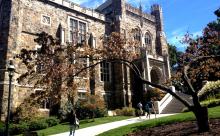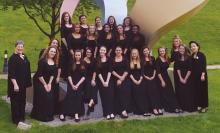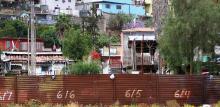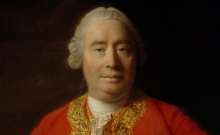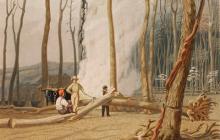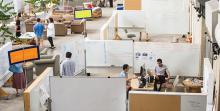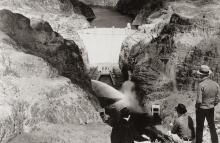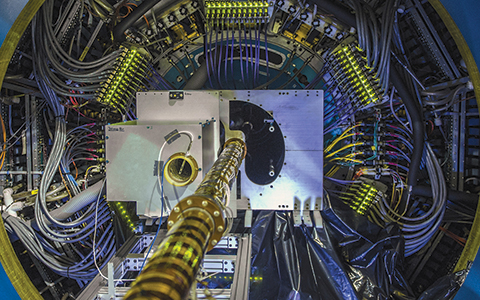
For a few millionths of a second, shortly after the Big Bang, the universe was filled with an incredibly hot, dense liquidcomprised of particles moving at near-light speed. This mixture was dominated by quarks—fundamental bits of matter—and by gluons, carriers of the force that normally “glue” quarks together into familiar protons and neutrons and other species. A quark-gluon plasma occurs when the temperature is so high that individual protons and neutrons comprising atoms melt, and this event is the focus of research by high energy physicist Rosi Reed.
As part of an international research collaboration, Reed and colleagues at the Solenoidal Tracker detector at the Relativistic Heavy Ion Collider, in Long Island, N.Y., smash together heavy ions with a large amount of mass, such as gold or lead, at nearly the speed of light. The resulting collision releases energy, creating a miniscule fireball and quark gluons.
“The big question is, how do you measure this thing?” says Reed, assistant professor of physics. “How do you learn anything about it at all, because when the collision happens, the matter exists for such an extremely short amount of time, then it explodes because it’s expanding and cooling? It cools enough to where it becomes normal particles, which we can measure with detectors.”
Quark-gluon plasma behaves more like a perfect fluid with small viscosity than like a gas. When two ions collide, two nucleons sometimes collide with great energy, producing a high-energy object. That object, usually either a quark or a gluon, will travel through the plasma due to the energy created. Reed looks for hard probes, a collision of particles by nature strongly interacting but moving so fast and with so much energy that they are often not completely absorbed by the surrounding quarks and gluons in the plasma. She measures the differences between heavy ion collisions versus normal proton-proton collisions.
Using the detector requires that each participating institution donate time and service to the collaboration. As part of this arrangement, Reed spends two weeks annually at the collider.
“Having a dedicated U.S. collider is something I should utilize fully, given that I can drive there from Bethlehem,” she says. “It makes the experience that much better, and I can easily take Lehigh students to the collider. We took a field trip recently, and the students were able to go in and see the detectors. They learn these theoretical things in class, and it’s nice to see it happening in real life. I’ve also taken research assistants with me. It’s good for them to see the work actually taking place. ”
High energy physics is a young field, dating back to just 2002, but Reed’s work has application in understanding what happened in the creation of the universe.
“If we wind back the universe, it gets hotter and denser as we go back in time. At some point in the universe’s history, this temperature was so high that electrons were no longer held in their orbitals, no longer neutrons and protons, but quarks were unconstrained.It’s really very cool to be studying something so very basic to the way the universe works.”

